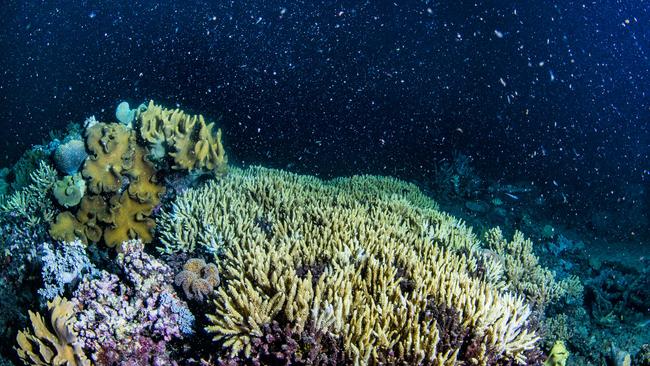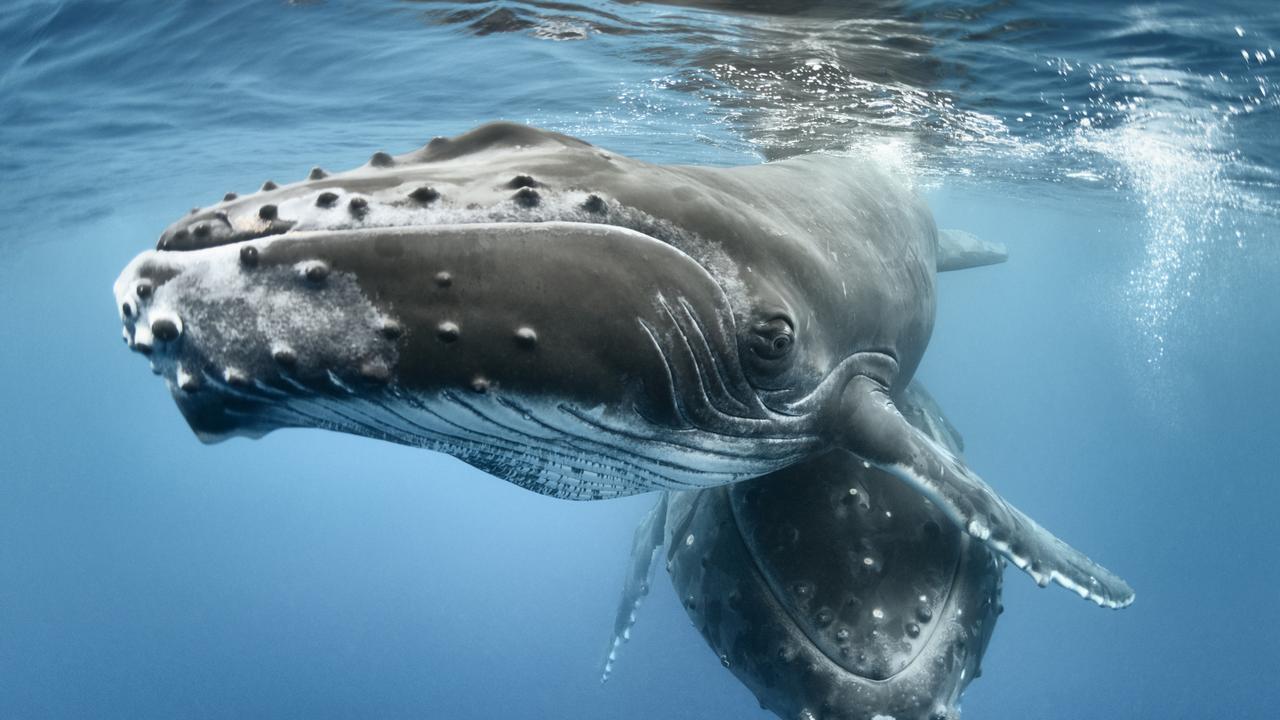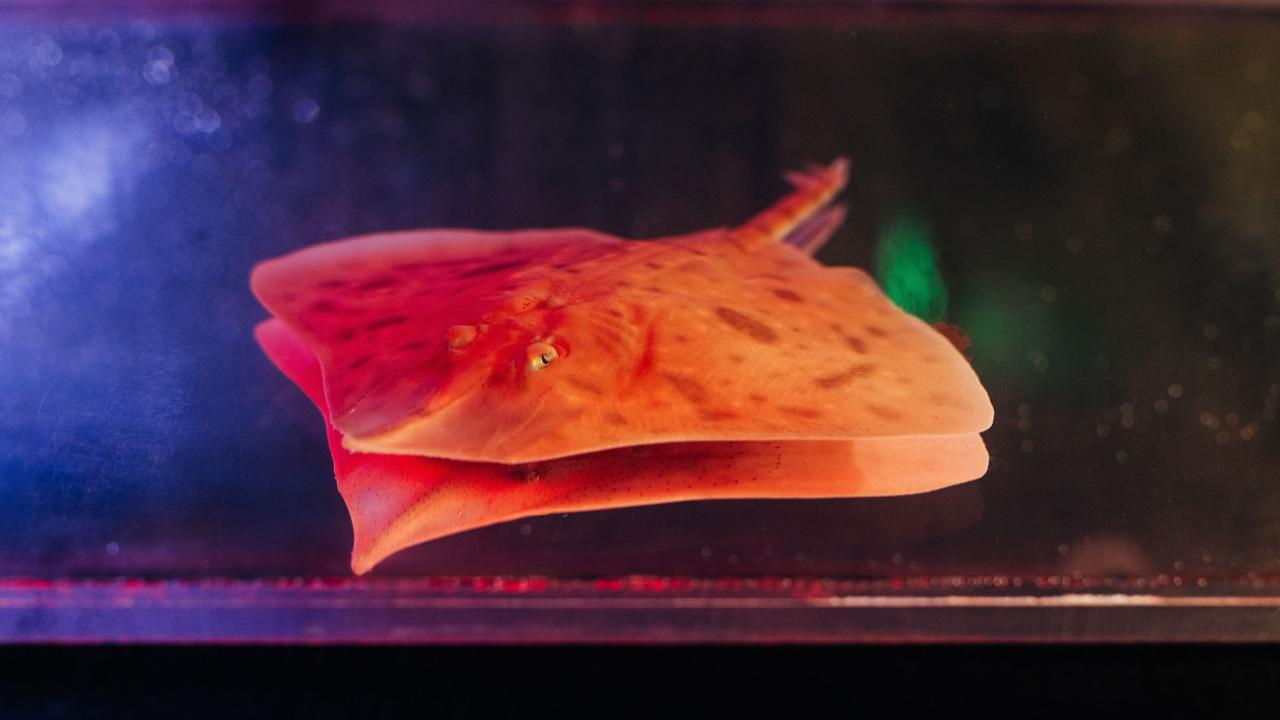Reef madness: corals co-ordinate for technicolour spawning frenzy
Any tick of the clock now, the Great Barrier Reef will explode into a frenzy of new life as corals spawn in technicolour unison, an enduring wonder of the natural world.

Any tick of the clock now, the Great Barrier Reef will explode into a frenzy of new life as corals along its 2300km length spawn in technicolour unison, an enduring wonder of the natural world.
But this weekend’s event has outsized importance: after three disastrous episodes of coral bleaching in the past five years left vast tracts of the reef whitened and lifeless, researchers will anxiously assess the capacity of corals to renew and whether science can lend them a helping hand.
The annual spawning may be as old as the reef itself, turning the ocean peach and pink with soupy coral spawn, but many of its mysteries are still to be unravelled.
When the water temperature hits the magic mark in early summer — between 28C for the northern section of the outer reef above Cairns and 26C in the lower reaches — the corals like clockwork expel clouds of eggs and sperm in the shadow of the first full moon.
This happened on Monday and the first, tentative “dribbling” was expected to start Friday night, a prelude to the big show which is to be beamed into the living rooms of Australians for the first time by the ABC.
“Over time corals have evolved this triggering mechanism which starts with the ocean temperature and then a phase of the moon,” said Great Barrier Reef Marine Park Authority chief scientist David Wachenfeld.
“The last piece of the puzzle tends to be that when the conditions are right, but the corals aren’t quite certain, they will dribble out a bit of egg and sperm. If enough of them do that and they all detect the chemicals in the water, they all go the next night. It’s an amazing piece of synchronisation to maximise the probability of fertilisation.”
The question this year is: will it be enough to shift the heavily bleached reef into recovery mode?
Bleaching happens when corals are heat-stressed by elevated water temperatures and eject the live-in algae called zooxanthellae that provide their colour and food through photosynthesis. They die unless the life-giving micro-organisms return.
In 2016 mass bleaching struck the northern section of the reef and was followed in 2017 by another die-off concentrated on the central section. Last summer’s bleaching event was reef-wide, with 60 per cent of reefs moderately or severely affected, Dr Wachenfeld said.
“We know that severe bleaching can and does affect the ability of corals to regenerate … effectively it suppresses spawning activity by killing coral outright and also because it compromises the ability of the surviving coral to reproduce,” he told The Weekend Australian.
“Is that what we are going to see at the weekend? I suspect for some corals in some places the answer is yes. The question is how widespread? We will only find that out on Friday, Saturday and Sunday nights.” Enter Peter Harrison, the pioneer of “coral IVF” to rescue the reef. His team of researchers from Southern Cross University, CSIRO and Queensland University of Technology has set up a floating laboratory of 10 netted enclosures off Heron Island and nearby One Tree Island to capture spawn and supercharge the fertilisation process.
The coral larvae will then be transplanted on degraded reefs in this corner of the World Heritage-listed reserve off Gladstone, central Queensland, and tracked to see if they take hold.
“It’s really important for us to monitor the rates of fertilisation after this year’s bleaching event so we can better understand the extent to which corals that were stressed were able to recover versus those that remained alive but were non-reproductive,” Professor Harrison said.



